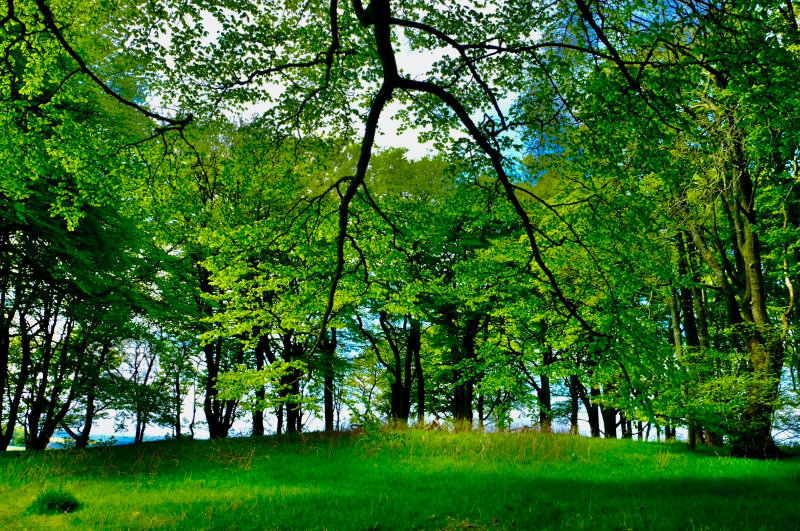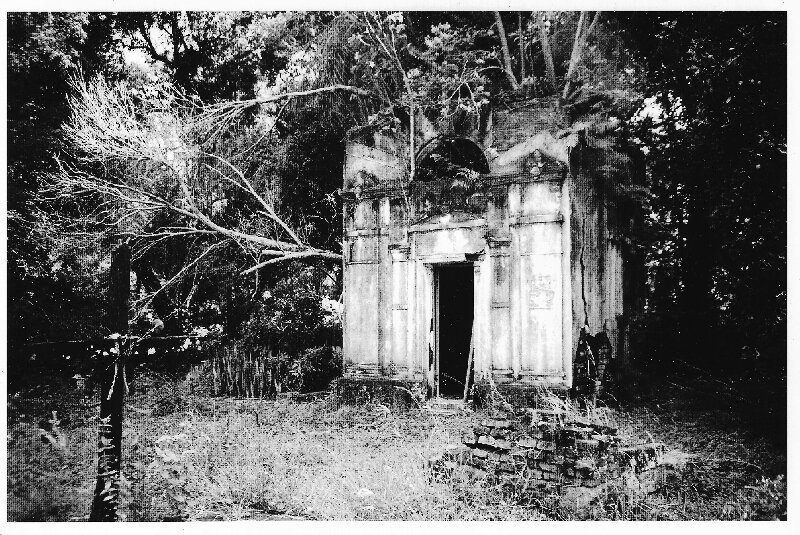Bearing Witness
/Barney Sidler and Zeev Borger
By Paul Scraton:
On a soft summer evening in Weimar we walk through the traffic-free streets of the historic city centre, this monument to German culture with its theatres and museums, palaces and music schools, town of humanism and the Enlightenment. In the square where Goethe and Schiller stand in front of the theatre they look down upon a typical summer scene, as young people gather at their feet to drink beer while football matches are screened to the terraces of cafes and restaurants as, in the beer garden over in the corner, a live concert is about to start.
Throughout the city there are signs that it is awakening from the pandemic. There are posters for concerts and plays, puppet shows and readings, exhibitions and fairs. Bach and Liszt. Shakespeare and the Brothers Grimm. Gropius and Kandinsky. Outside Goethe’s old illustration studio, paintings hang beneath the windows of an art school while across the way music drifts out from the rehearsal rooms of the university.
This is Weimar? What does the name Weimar mean to you? A small town in Germany made great through art and words and music. A place that gave us the Bauhaus and named the democratic republic that would emerge from the devastation of the First World War battlefields. And yet, north of the centre, as we walk up towards the railway station from the New Museum, a collection of faces remind us of the other side of Weimar’s story. That this is a town that played host to some of the heights of German culture and also, up there on the hillside, some of its deepest depths.
Because Weimar is also Buchenwald, the concentration camp on the Ettersberg that was opened in 1937 by the Nazis and would claim the lives of more than 56,000 who were held there. The bus that takes you from the town to the camp follows what became known as the ‘Blood Road’ even while the camp was in existence. If you want to walk, there is another route, a ten-kilometre trail that starts at the railway station and follows the route of the Buchenwald Railway, along which many of the inmates were taken to the camp.
Petro Mischtschuk
The stories of Buchenwald are part of the story of Weimar, and are tied to the city via the Blood Road and the old railway tracks. Within the city itself we discover stories of Goethe and Schiller, of Bach and Liszt and Strauss and Wieland and Hummel and all the other greats who lived and worked here. They have their museums and their exhibits, and they give their names to streets, schools and squares. And since 2019 they have had some company, joined along Weimar’s streets by the faces of some other, less well-known names.
Pavel Tichomirow
Andrej Moisejenko
Chaim Bukszpan
Vasile Nußbaum
Heinrich Rotmensch
Naftali Fürst
Alina Dabrowska
Petro Mischtschuk
Ottomar Rothmann
Gilberto Salmoni
Barney Sidler
Boris Romantschenko
Zeev Borger
Alojzy Maciak
Aleksandr Bytschok
Magda Brown
Eva Fahidi-Pusztai
Günter Pappenheim
Josef Falkash
Raymond Renaud
Tadeusz Kowalski
Zbigniew Pec
These men and women are just some of the more than a quarter of a million people who passed through Buchenwald or its subcamps. They were photographed by the Weimar artist Thomas Müller for Die Zeugen (The Witnesses), an exhibition that can be found in the north of Weimar between the New Museum and the station. The aim of this exhibition is relatively clear to all who emerge from the station on their walk down into town. It is to make this part of history visible and, in the words of the exhibition organisers, to ‘invite the people of Weimar and their guests to consciously pause for a minute.’
The twenty-two faces that make up the exhibition are of twenty-two survivors of the camps. They were brought to Buchenwald from Poland, Hungary, France, Ukraine, Italy, Czechoslovakia, Belarus and elsewhere in Germany. They were held for being Jewish or as political prisoners or for forced labour. By the time Müller took their pictures, they were old. In the meantime, since the exhibition was opened in April 2019, at least one of their number has passed away.
Alojzy Maciak
These are people who have been to Weimar. They were taken to the hillside where Goethe once walked, held in a camp that had been cleared from the forest. They are the witnesses to what was done in the name of Germany within sight of this symbol of German culture. And with these photographs, the town recognises them as it does its other sons and daughters. In Weimar, there are many different stories to be told and all shall have their say. All need to be heard.
On a soft summer evening we walk through Weimar. Twenty-two faces. Most are still with us to bear witness, to tell us what happened behind those gates and the barbed wire fences. Looking at them now, it is sad to think that we do not have much time left. All too soon there will be no one left to remember, at the very time nationalism is on the rise across the continent and the history of what happened in places like Buchenwald is beginning to be rewritten. In this atmosphere, as we slowly lose those who can tell us what happened in the camps, it is up to the rest of us to continue the work of remembering. Of how we got from Weimar to Buchenwald, from one end of the Blood Road to the other. The names of the victims and what was done to them, and those who survived to give us their testimony. We need to keep listening and we need to keep speaking their truth.
***
Paul Scraton is the editor in chief of Elsewhere: A Journal of Place













